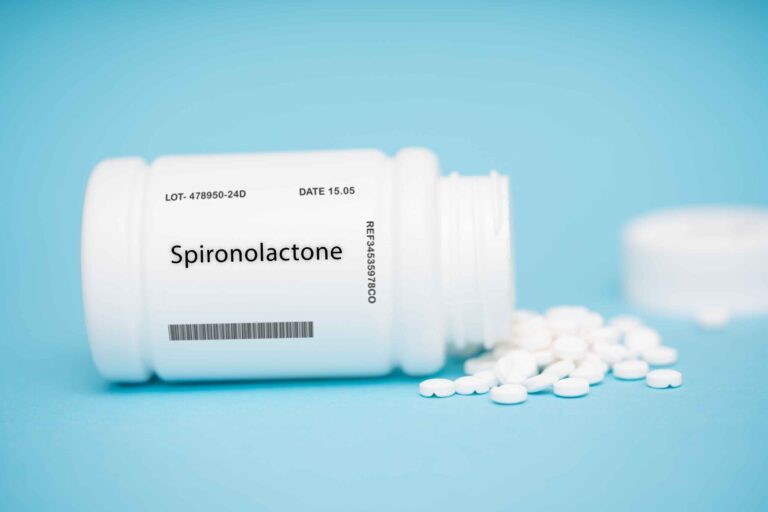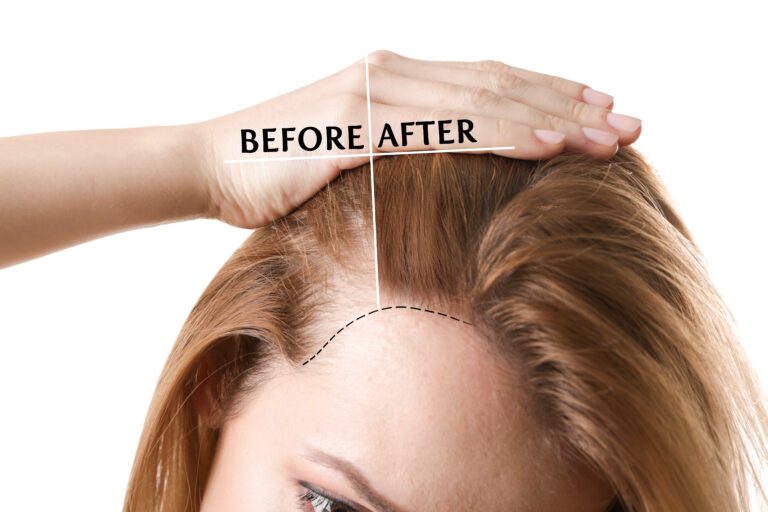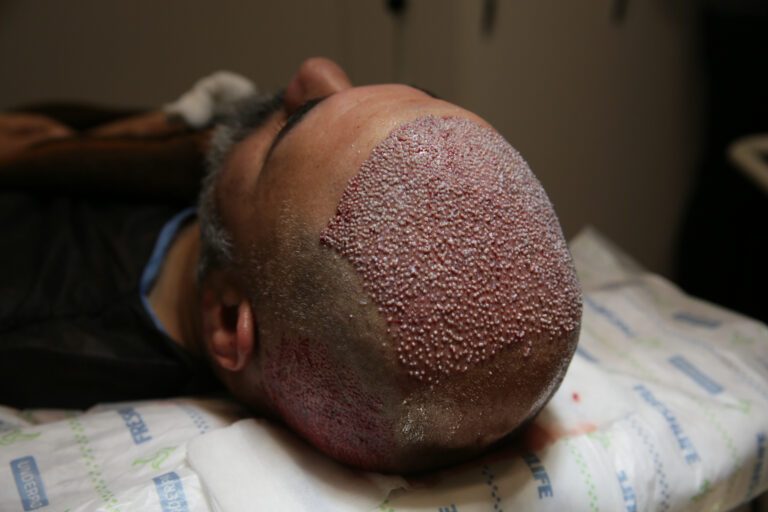The Definitive Guide to Beard Transplants (Costs & More)
According to the International Society of Hair Restoration Surgery (ISHRS), beard transplants have seen a 100% spike in demand since 2014, making them among the most common types of cosmetic procedures for men.
Beard transplants are relatively quick and painless. It offers minimal risks and a short recovery period of one to two weeks. Though costly, the vast majority of patients enjoy permanent results.
In this article, we’ll discuss everything you need to know about the procedure, including beard transplant cost, surgical types, pros and cons, and more.
How Does a Beard Transplant Work?
A beard transplant is a hair transplant procedure wherein hair is taken from a part of the body and transplanted to the jawline and wherever else you want the beard to grow.
It’s made for men who want a full beard but are unable to achieve it naturally due to genetics, medical conditions, low testosterone, age, and the like.
A beard transplant is a permanent restoration treatment. Hair follicles are taken from an area where thinning and shedding is low, so there’s less probability of losing the transplanted beard hair.
Like most hair transplants, the procedure is complicated but minimally invasive. Based on your needs, a surgeon may perform either a Follicular Unit Extraction (FUE) or a Follicular Unit Transplantation (FUT).
With Follicular Unit Extraction, hair follicles are extracted from the back of the scalp with special micro punches. It’s the easiest and most common type of procedure, with minimal complications.
Follicular Unit Transplantation is a bit more involved than Follicular Unit Extraction. In this procedure, a surgeon cuts a small strip of skin from the back of the scalp and removes the hair follicles from the tissue.
Extraction vs. Transplantation: What Method Is Best for You?
FUE and FUT are both effective hair restoration techniques with a beard transplant success rate of 80 to 95%, so you can’t go wrong with either procedure.
The decision between FUE or FUT depends on several factors, including individual conditions, your medical history, and desired results. These factors will be discussed with your surgeon.
Follicular Unit Extraction
In the FUE procedure, the donor area is trimmed to 1 to 2 mm in length and follicular units are manually extracted with a motorized surgical tool. You’ll be under local anesthesia, so the procedure is completely painless. Once the procedure is over, the surgical site is covered with bandages.
With FUE, scarring is minimal and barely noticeable. The scarring looks like a series of tiny dots, which can easily be covered up with hair.
FUE beard transplants take longer than FUT transplants. The procedure can take anywhere between 6 to 10 hours to complete, depending on the patient and the amount of hair being transplanted.
Pros of FUE
- Minimal postoperative recovery time
- Minimal to no bleeding
- Minimal to no pain after surgery
- No unsightly linear scarring
- No stitch removal required
- Body hair can be used for added density
Cons
- Long procedure time
- Costlier than FUT
- Risk of overharvesting
Follicular Unit Transplantation
In the FUT procedure, the surgeon cuts a strip of hair-bearing skin from an anesthetized area of the scalp, typically at the back of the head.
The strip is then placed under a high-powered microscope, allowing a team of surgeons to meticulously pluck out individual hair units as they naturally occur.
The harvested grafts are placed in an ATP (adenosine 5′-triphosphate) and Hypothermasol solution until the lead surgeon is ready to transplant.
In the meantime, the donor area will be stitched and covered by surrounding donor hair to hide the incision. The stitches will need to be removed after 10 to 14 days.
The incision will leave a linear scar of varying length. Though prominent, the scarring can easily be covered by Grade 4 hairstyles and above. The scar fades and flattens within a year, but doesn’t disappear completely.
Depending on the size of the area being treated, the procedure can take between four to six hours. Small segmental defects of up to 300 follicular units can take one to two hours.
Pros
- Higher growth rate compared to FUE
- Less risk of overharvesting and follicle damage
- Shaving isn’t required for the procedure
- Usually cheaper than FUE
- Takes less time than FUE
Cons
- Leaves a linear scar, so patients can’t keep the back of their hair short
- Patients may experience post-operative pain
- Longer recovery time (2 weeks as opposed to just a couple of days like FUE)
How Long Does It Take for a Beard Transplant to Work?
Unlike most cosmetic surgeries, beard transplants take a bit of time to take effect. You won’t notice growth right after the surgery because the follicles need time to introduce themselves to the epidermis.
Regardless of the method performed, it can take anywhere between three to four months for the transplant to take effect.
You’ll notice some beard hair falling out after two to three weeks, but this is normal. New hair should grow in its place within six months.
At eight to nine months, you’ll see a considerable amount of hair on the transplanted area.
What Are the Potential Side Effects of Beard Transplant?
Beard transplant is a relatively safe procedure with minimal risks. With a success rate of between 80% to 95%, there’s little to worry about during and after surgery.
But as with most medical procedures, the risks of infection and some bleeding shouldn’t be ruled out.
Here are some common side effects of beard transplants:
- Folliculitis (inflammation and infection of the hair follicles)
- Notable scarring at the source area, especially with FUT procedures
- Pitting in the beard area
- Acne
- Bruising
- Post-op pain
- Increase sensitivity in the transplanted area
The risks involved in beard transplant surgery are minimal and non-life-threatening. As long as the patient follows the doctor’s instructions, he won’t experience any of the aforementioned side effects. In cases of inflammation and infection, short-term medication may be required.
How Much Does a Beard Transplant Cost?
Beard transplants are often costly. Prices depend on the country, the transplantation method, the reputation of the clinic, and the number of hair follicles needed to achieve the desired book.
In the US, a full beard transplant can cost between $9,000 to $20,000. In the UK, it can cost between £2,000 to £10,000.
If the clinic charges per graft, here’s how many you’ll potentially need:
- Per sideburn: 200 to 350 grafts
- Mustache: 500 to 800 grafts
- Goatee: 600 to 1300 grafts
- Per cheek beard: 1000 to 2000 grafts
How to Find the Right Specialist for Beard Transplant
Conduct thorough research before booking an appointment with a specialist. Read through reviews and watch videos from real-life patients talking about their experiences with the clinic and the doctor who performed the surgery.
Also, ensure that the facility has a state license and is accredited by a credible organization, like the Joint Commission on Accreditation of Healthcare Organization (JCAHO) or the American Association for Accreditation of Ambulatory Surgery Facilities (AAAASF).
During the consultation visit, ask your doctor the following questions:
- How many years have you been doing these procedures?
- How many procedures have you done?
- Do you specialize in beard transplantation?
- Are you experienced with both FUE and FUT procedures? If so, what’s your experience with each one?
- What exactly does the procedure involve?
- Why do you recommend this procedure over the other?
- What percentage of patients had complications?
- Who will be assisting you during the surgery?
Don’t be afraid to ask your surgeon questions about their experience. It’s your body after all, so you have every right to ask any question you need to feel confident in your choice of surgeon.
If a surgeon takes offense or refuses to answer your question, you might want to look for another professional. Specialists shouldn’t find any offense in a patient seeking extra information or second opinions.
Personal testimonials go a long way. If a friend or acquaintance works with a particular doctor, take the opportunity to ask them about their experience and results.
You can also send private messages/emails to patients that have left online reviews to ensure that the surgeon you’re working with is qualified for the job.
Can You Get a Beard Transplant if You’re Fully Bald?
You can only get a beard transplant if you have healthy hair on your scalp.
If there’s no donor site to draw follicle units from, a beard transplant might be out of the picture.
Patients who experience chronic telogen effluvium (excessive shedding) and alopecia areata (patchy baldness) may not be suitable for a beard transplant, either.
You might be wondering if it’s possible to get donor hair from someone else. Unfortunately, the answer is no.
Due to compatibility issues, doctors can’t and won’t perform a beard transplant using someone else’s hair, even if the hair comes from a person related to the patient. If a doctor were to do so, the patient may experience long-term infection.
That said, transplanting hair from one person to another isn’t a complete impossibility, at least according to the research conducted by Professor Kwon Oh-sang. The procedure involves removing cells responsible for the immune rejection that can happen during hair transplants.
The procedure has been carried out in mice with a high success rate, but it’s yet to be further tested on human patients. For now, allogeneic hair transplantation isn’t a feasible option.
How Long Does Recovery Time Take?
Your recovery time depends on the type of procedure you had.
For FUE, it can take between three to five days to recover. For FUT, it can take up to two weeks.
Crucial Recovery Tips to Follow After a Beard Transplant.
Though painless and minimally invasive, patients should take their recovery seriously to guarantee good results. Here are some tips to reduce the risk of complications:
Take Some Time Off Work or School
Don’t just jump back straight to work the weekend after your surgery. Give yourself at least a week off to recover and relax, even when you’re working a desk job from home.
Keeping your stress levels low during the first few days after the surgery will speed up recovery time and increase the procedure’s success rate.
Those who have undergone a FUT transplant need at least two weeks off work. Stitches will need to be removed after 10 days, so give yourself a couple of days after the removal to give some extra time to heal.
Don’t Touch the Surgical Areas
Unless instructed otherwise, avoid touching your face or the donor area as they may get infected. Don’t rub or scratch your beard as doing so may result in a beard transplant gone wrong.
Keep the transplanted and the donor area completely dry for the first 24 hours. If you must wash your face, don’t use direct water pressure, and limit the amount of water that comes into contact with the grafts. Gently pat the area with a soft towel to dry.
After a couple of days, you might notice some scabbing and buildup around the incision area and the transplanted area. Clean the areas with warm water, a soft washcloth, and Q-tips, and use a medically-approved gel antibiotic ointment to keep the area free of germs.
Eat Healthily
Keep yourself hydrated and healthy during your recovery. Avoid junk food, sweets, takeout, and high-fat, high-sodium food as they won’t help you with recovery. Replace them with veggies, fruits, and healthy fats.
Sweetened beverages, like soda and energy drinks, should also be avoided. Drink at least eight glasses of water a day to significantly speed up the recovery process.
Avoid Nicotine and Alcohol
Surgeons often ask their patients to quit smoking a couple of days before the surgery.
If your surgeon instructed you the same, try to stay smoke-free for several more weeks until you’re fully healed.
Avoid alcohol, too, as it may lengthen the recovery process and make excessive bleeding more likely.
Follow Your Doctor’s Instructions
Your doctor knows best, so follow their instructions to the letter. They might instruct you to apply ointment or saline to the affected area, or sleep, sit, and eat in a certain way. Other instructions include:
- Don’t swim or go to the sauna for at least four weeks after the surgery
- Avoid direct exposure to sunlight
- Avoid activities that’ll make you sweat
- Sleep flat on your back, with your head elevated
- Pat, don’t rub
- Take pain medication as directed
- Dress comfortably, but avoid hoodies, pullovers, turtlenecks, and anything that might pull on your grafts as you put them on
Final Thoughts
Beard transplants permanently restore the hair on your beard. They’re minimally invasive and painless, with a recovery time of one to two weeks.
The cost of the surgery depends on multiple factors, including the transplantation method, the clinic’s reputation, the number of hair follicles needed to achieve the desired look, and the country in which the surgery is performed.
In the US, prices range from $9,000 to upwards of $20,000.
During the recovery period, the donor area and the transplanted area should be kept clean. Complications are rare during and after the transplant, but risks shouldn’t be ruled out completely. Don’t hesitate to reach out to your surgeon if you notice undesirable symptoms, like infection and inflammation.







